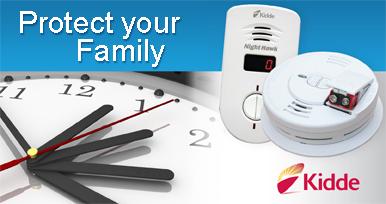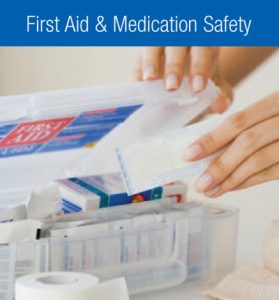Whether you have a cat or a dog, a companion bird or something more exotic, the chances are, you consider your pet a much-loved member of the family. Pets enhance our well being and entrust us with theirs.
We’d like to help you provide your furred, feathered or scaly friend/s with the healthiest and longest life possible…
Do you know that London Drugs pharmacists can also fill your pet’s prescription?
Our knowledgeable pharmacists are medication experts who provide counselling services and confer with your doctor when necessary. And we’ll do the same for your pet! We fill many pet prescriptions, such as antibiotics, antihistamines, painkillers and heart medications and will contact your veterinarian if needed. Our pharmacies provide insulin, needles, and other diabetic supplies for companion animals and offer the same everyday value for pet prescriptions as for human prescriptions.
We know how important your non-human family members are to you and will work with you to help them stay healthy and well cared-for.
Health Insurance for Cats & Dogs
When Lindy went for a bike ride through the park with Digger, her 7-month-old Schnauzer pup, the last thing on her mind that bright spring day was an accident.
“I wouldn’t normally exercise my dog while riding my bike, but I was pressed for time,” she explains. “I was all geared up to prevent injury to myself, but I never thought that Digger might get hurt.”
As it happened, Digger’s back leg was fractured in 2 places when he was startled by a larger dog that chased Lindy’s bike. His leash became caught in her back wheel, and he was thrown, catching his leg in the spokes.
“I learned two big lessons that day,” says Lindy. “One, Make sure you have a proper leash unit for your bike and two, spending that little bit extra each month for pet insurance is well worth it!”
Since Digger had a complicated fracture, his x-rays, surgery and pain medication totalled just under $5000.
“I would have had to take out a loan if my brother hadn’t advised me to buy pet insurance,” Lindy continues. “It certainly isn’t something I would have considered on my own, but it’s already proven well worth the monthly investment.”
Why we need Pet Insurance
In Canada, we have the benefit of having our basic medical care paid for by our provincial health plans. When anyone in our family is sick or injured, we go to the doctor or emergency room. Fortunately we don’t have to worry about the cost of treatment. We do what is necessary to get better, as quickly as possible.
Unfortunately, the four-legged members of our families are not afforded the same luxury. With recent advances in veterinary medicine, pets can have most of the treatment options that we do, including chemotherapy, MRIs, advanced diagnostics and specialized medications – but these treatments are not covered by the same plans that cover us.
This means that for some beloved pets, it’s the end of the road as their owners can no longer afford medical care. (For senior pets, this can run in the $1000s annually.) Others choose to give their pet whatever is needed, often putting themselves and their families into a state of financial hardship.
This is where pet insurance comes in.
To provide affordable insurance for cats and dogs, London Drugs has teamed with Petsecure, Canada’s number one pet health insurance provider. Petsecure pet health insurance is Canadian owned and has been providing insurance for furry family members since 1989.
Petsecure offers four plans, covering accidents and illnesses to various degrees, and also offers coverage for annual preventive care and dental plans.
Pet owners can be sure to find coverage that meets their needs at an affordable cost.
With one in three pets requiring medical attention every year and the cost of veterinary care rising, health insurance for pets makes as much sense as dental insurance and extended healthcare benefits for people.
For more information on Petsecure pet health insurance programs, please call 1-800-268-1169 or visit Londondrugs.com. You can also visit any of our 8 locations.
 The Swallows of Kabul by Yasmina Khadra
The Swallows of Kabul by Yasmina Khadra




